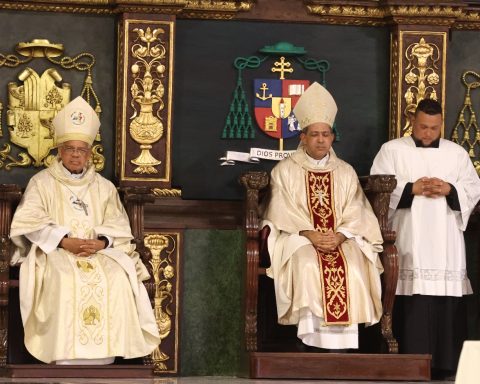If you add the cards of debit and those of credit that are in the pockets of the Dominican population, total 11,059,200 as of June 2024. And every year more are issued, if we take into account how the numbers compiled by the central bank from the Dominican Republic.
The cards of debit are more than credit. They represented 65% of the total in the month indicated, in a country where the preferred method for paying salaries is through a savings account payroll that comes with a card debit.
Regarding cards of creditthe most common limit for plastics is between 25,001 and 50,000 pesos, in second place up to 10,000 pesos and in third place 150,001 pesos and more.
The following infographics better present these and other data from the market of the cards in the Dominican Republic.
Benefits for cardholders
He central bank He indicated yesterday that economic agents and the general public have benefited from the constant evolution of the payment instruments available to make transactions financial, as well as the extensive network of channels available for their use.
He assured that all this is “consistent with the progress achieved in terms of payment systems in the Dominican Republic in the legal, technological and operational areas” promoted by the bank with the support of the Monetary Board, as well as the innovative contributions of banking and non-banking entities operating in the country.
On the legal regime of currency
According to Law 183-02, which establishes the regulatory regime of the monetary and financial system of the Dominican Republic, in its article 24, the national currency, as defined in the Constitution of the Republic and in the denominations in circulation, is the only legal tender with full liberating effects for all public and private obligations, throughout the national territory. It will be represented in bills and coins, with their liberating effect being that which corresponds to their face value. The bills will bear the signatures, in facsimile, of the Governor of the Republic. central bank and the Secretary of State for Finance.
Monetary debts shall be paid in the agreed currency and, in the absence of an express agreement, in national currency. The accounting of public and private entities for official matters shall be expressed exclusively in terms of the national monetary unit, which shall be divided into one hundred (100) cents.
Monetary and financial operations will be carried out under free market conditions. Interest rates for transactions denominated in national and foreign currencies will be freely determined by market agents.

















